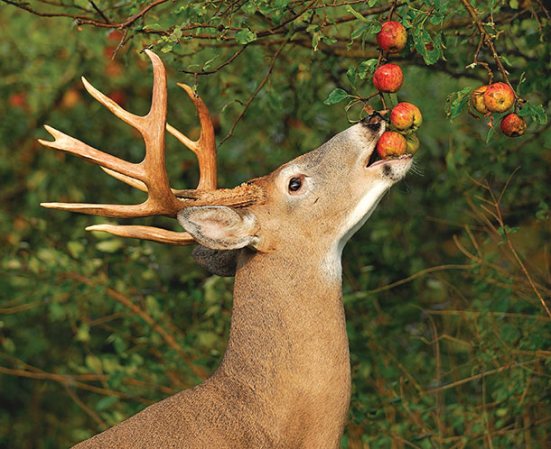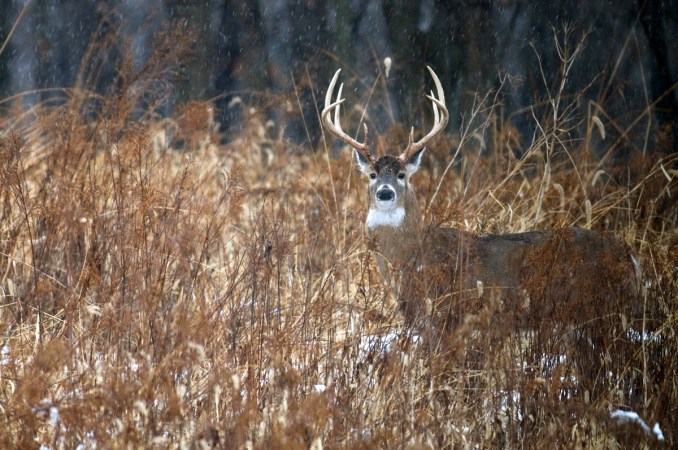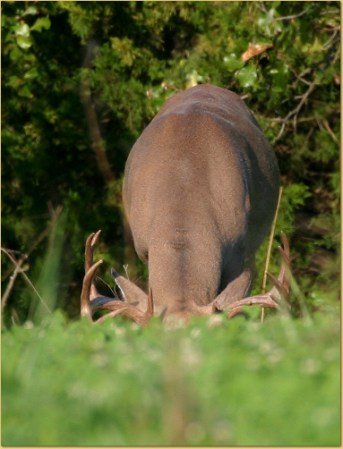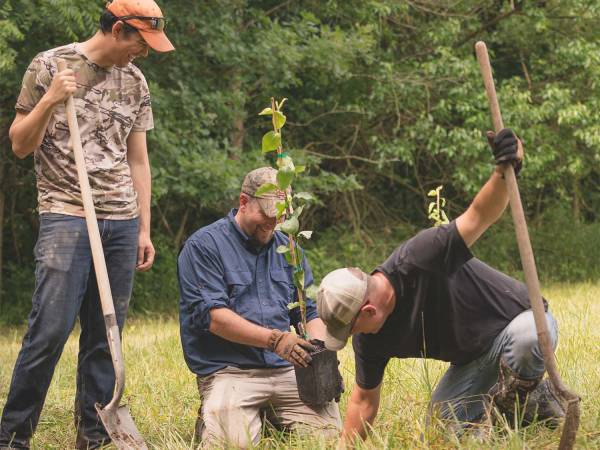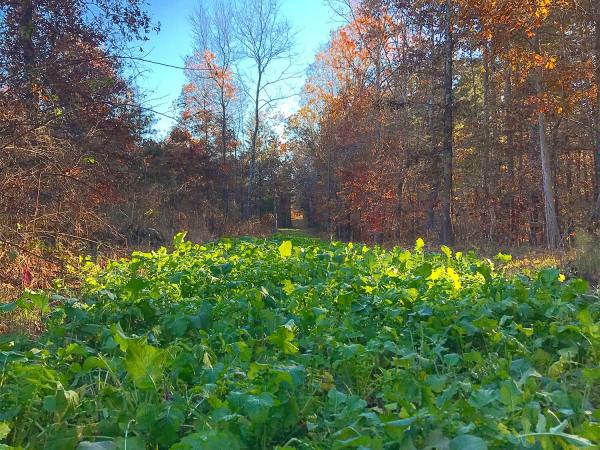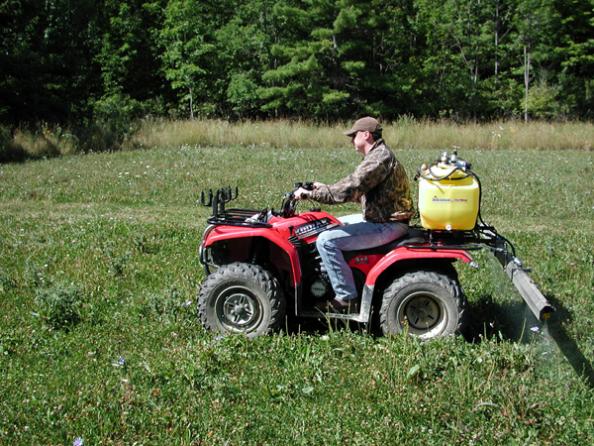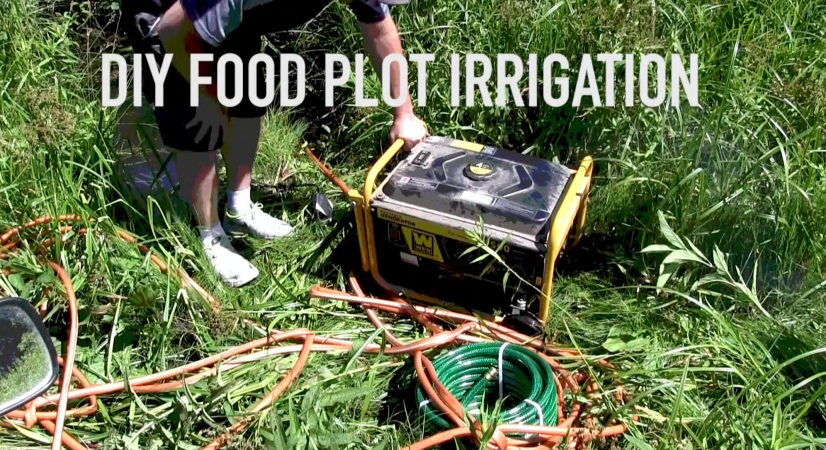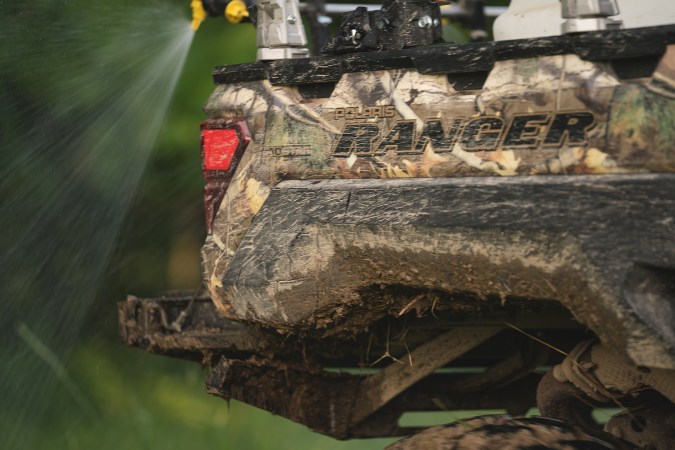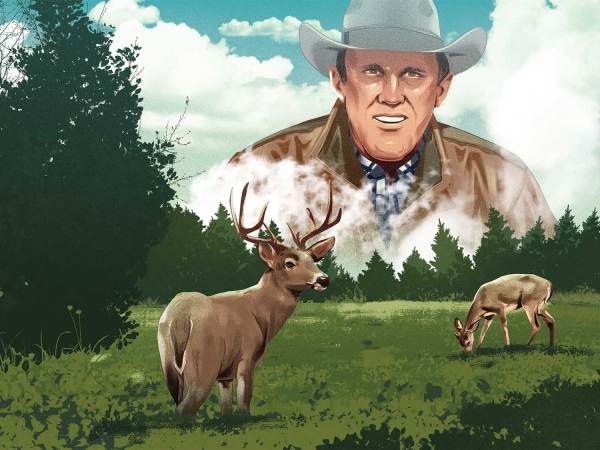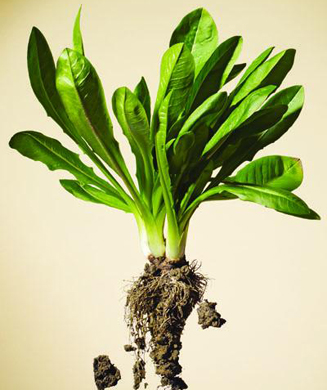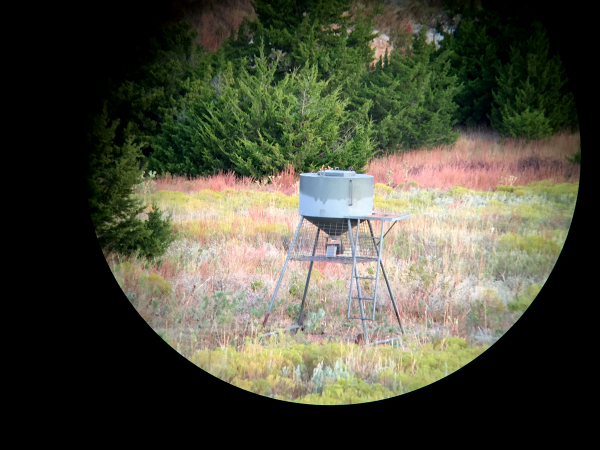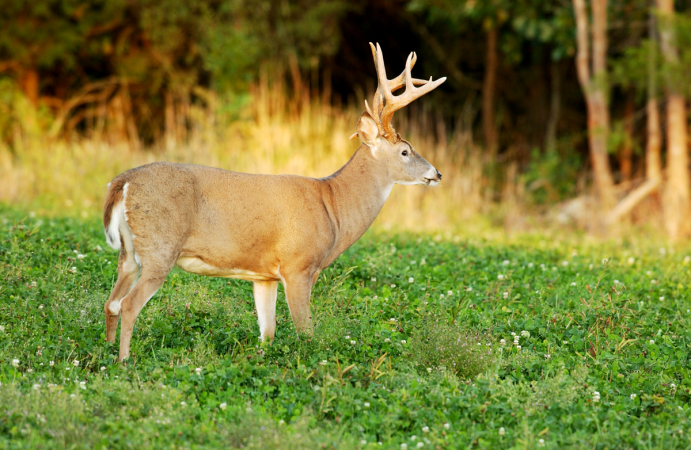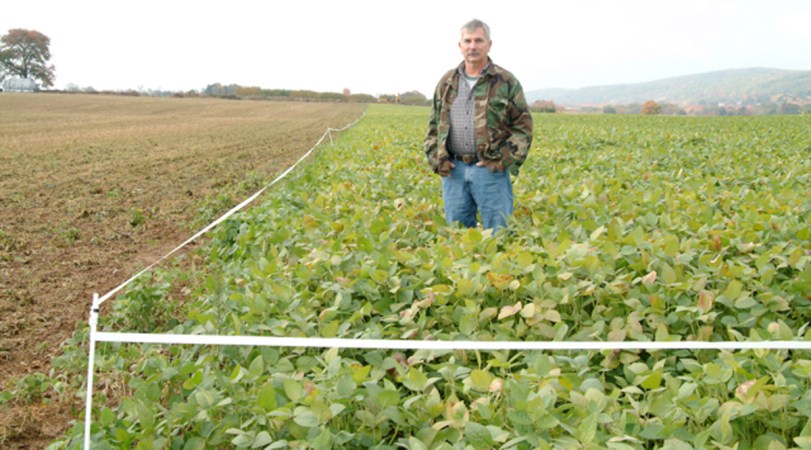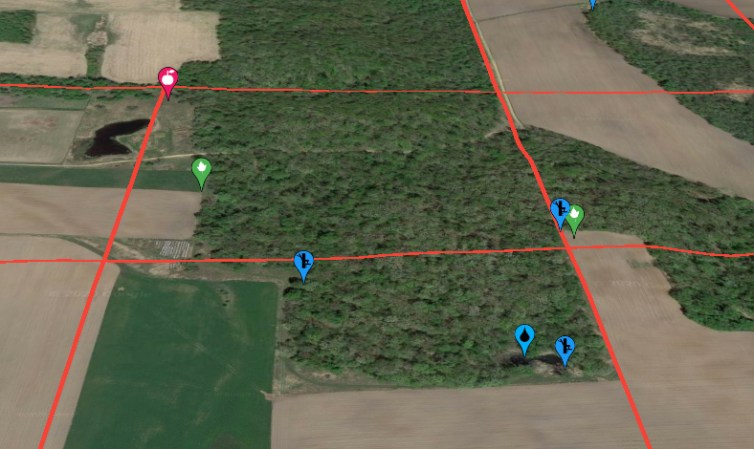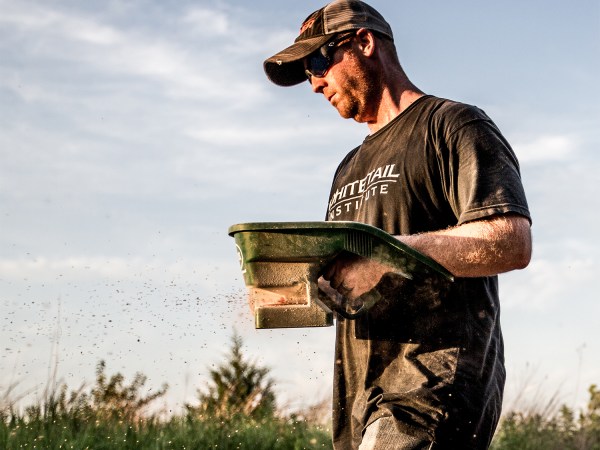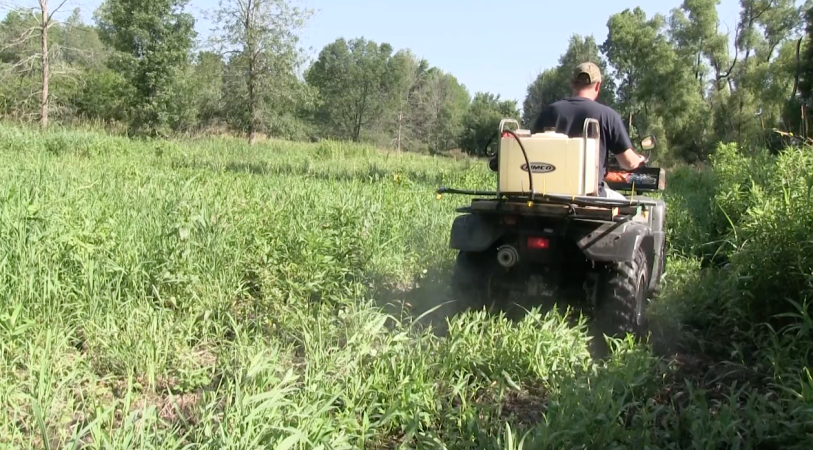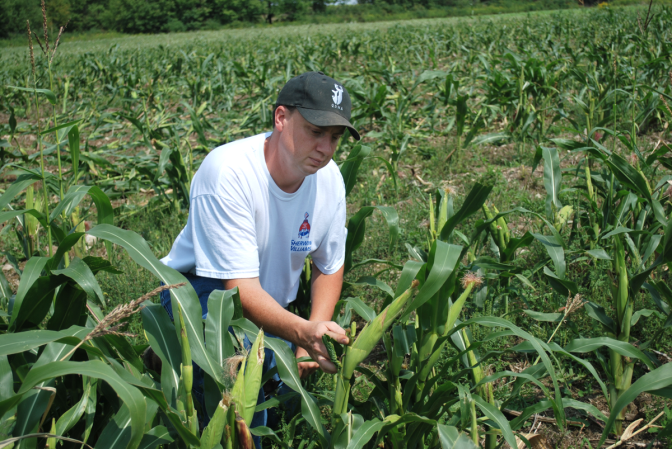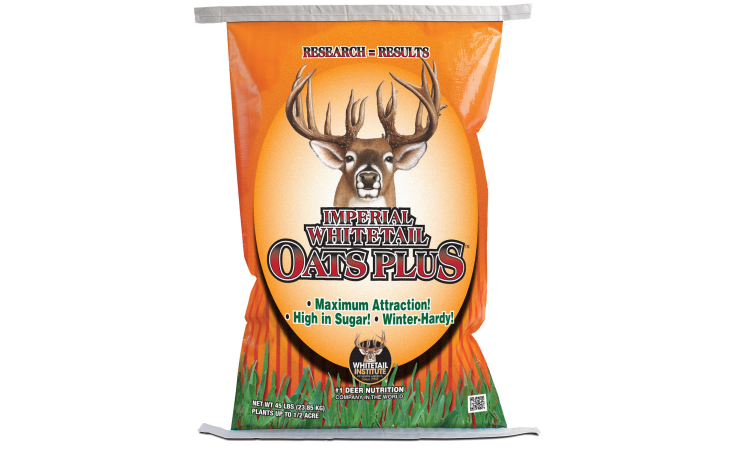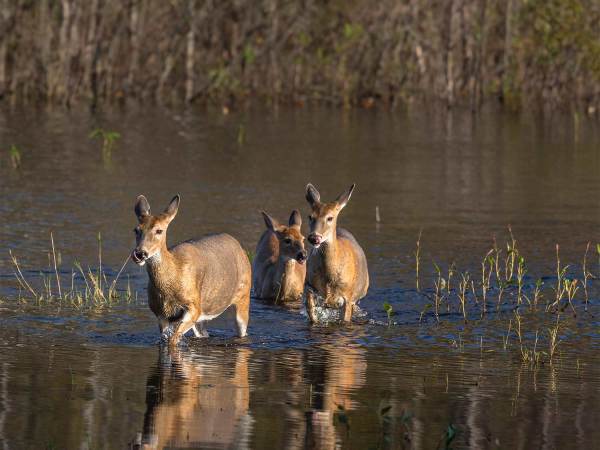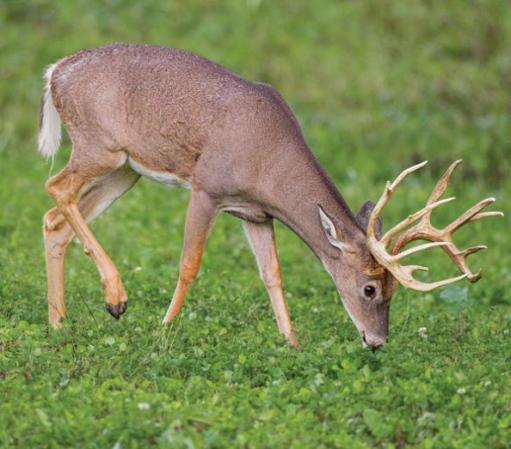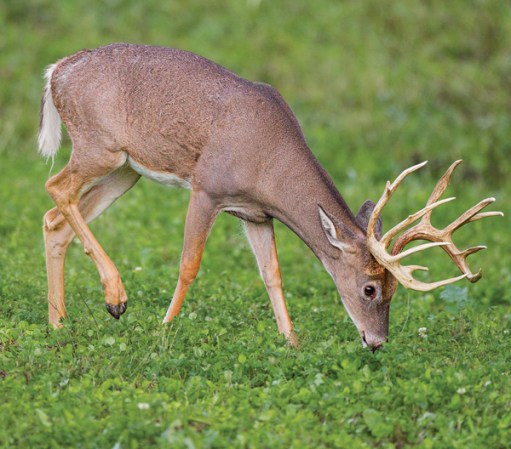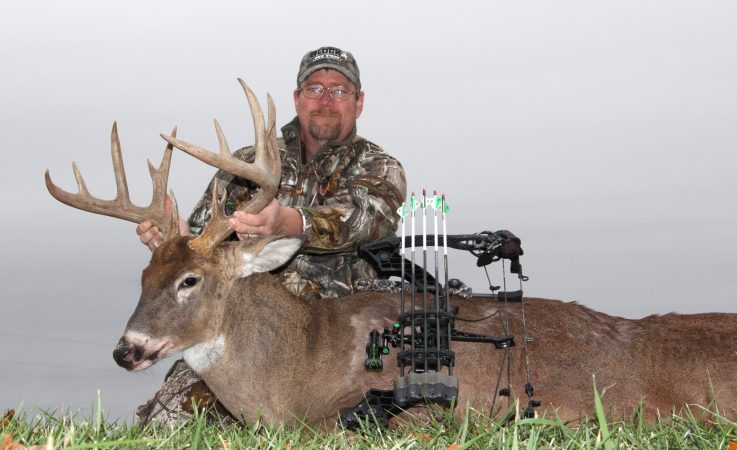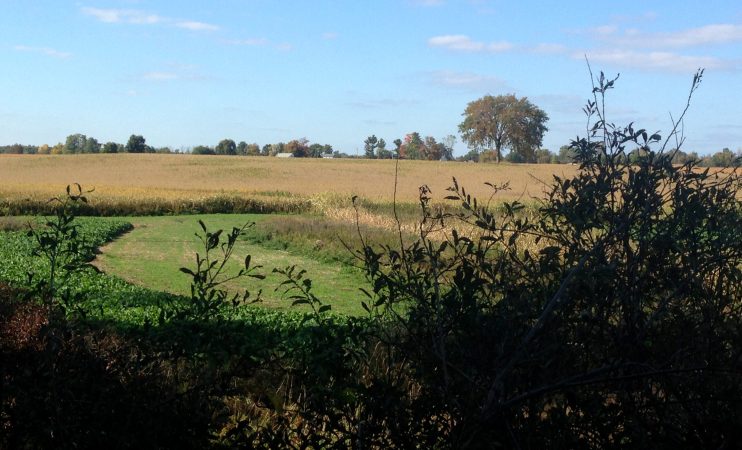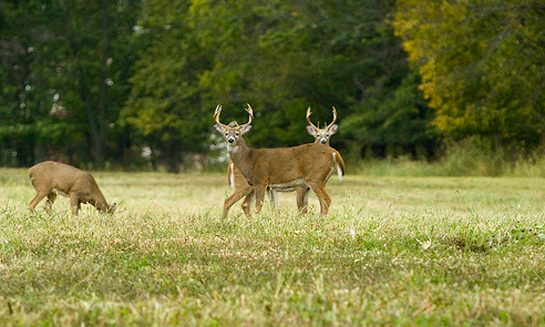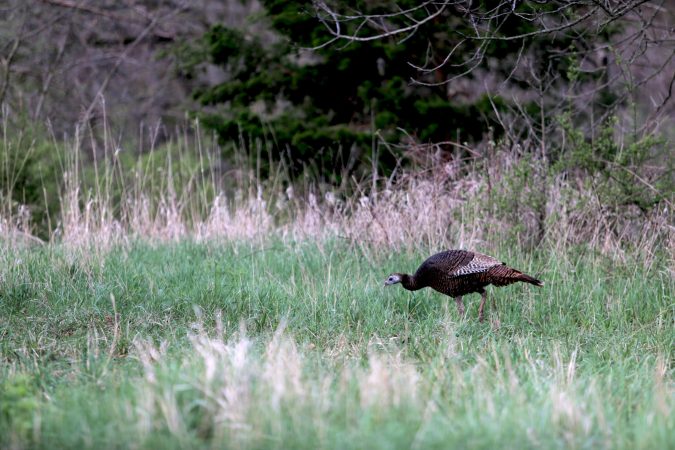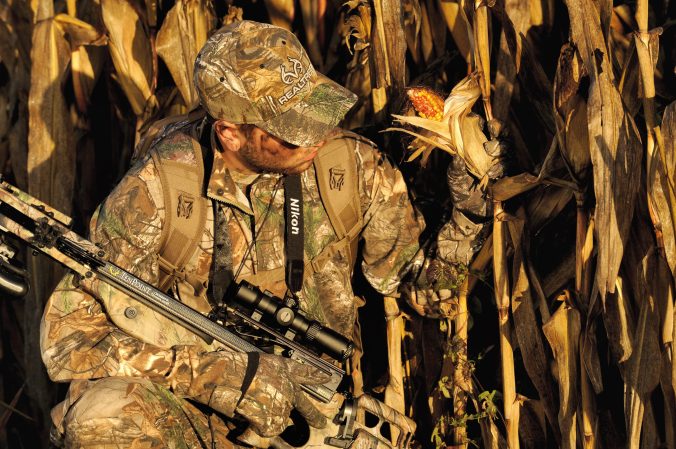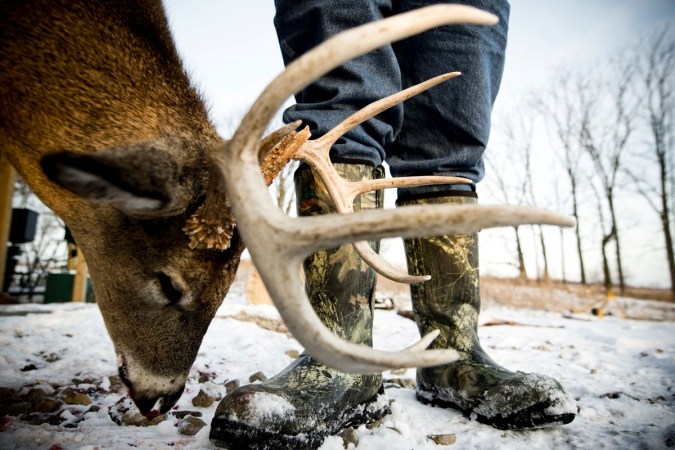I recently wrote a blog encouraging hunters and landowners to take a hard look at planting food plots to make up for shortages caused by hard freeze during early spring.
I talked about how most of our soft mast crop had been wiped out on our New York hunting property, and how we would be improving the food production on our existing food plots through a weed control and fertilizing program. Also, we’ll add some additional food plot acreage to make up for a season without apples, pears and other forms of soft (and potentially hard) mast. I posted the article thinking I had done my fellow hunters and the whitetails they hunt a service.
Boy was I surprised when some from the anti-food plot crowd jumped on my case.
It’s been a long time since I have heard from this crowd and I had convinced myself creating habitat to improve hunting was long since “settled law.” I was reminded, in no uncertain terms, that there are still folks out there that equate planting food plots with flag burning and gun control. Their objections cluster around two schools of thought. There are the “bait bashers” who feel that hunting over a food plot is the same thing as hunting over a pile of apples or corn. They argue that no self-respecting hunter hunts over bait. And then there are the “whiners” who argue that growing food plots and creating habitat creates an unfair hunting advantage for those who do vs. those who don’t.
**
To the bait-bashers… **
Sure, I hunt over food plots but I also hunt apple trees, acorn flats and corn and bean fields. Don’t you? I don’t feel even a twinge of guilt when I take a deer while hunting an old apple orchard or acorn flat, or for that matter a field of corn, soybeans or alfalfa. Farmers plant crops to feed livestock or people and I plant them to feed wildlife. I don’t kill many deer on food plots, but it has nothing to do with not trying. There’s a big difference between carrying a pail of doughnuts into the woods to hunt over and planting a 2-acre food plot that will feed wildlife 24-7 year-in-year out. I’ve done both and I know which feels right and which does not. We’re really talking hunting ethics here, something Aldo Leopold would consider to be a matter of individual conscience — how you feel about what you have done in the field without a gallery to approve or disapprove. I feel nothing but elation when a doe family, rutting buck, a turkey or even a squirrel shows up on one of my food plots. I feel the same way if I manage to kill something when hunting a plot. Spend a weekend planting a food plot sometime then go back to it during hunting season; you’ll feel what I mean.
To the whiners…
I say get over it! Sure food concentrates deer and so does cover and a host of other things. Smart hunters hunt where the deer are and have been doing so since they started walking on two legs. And “yes,” my property holds far more deer than most in my area, especially those properties with no food, cover, and no security. But food plots are only part of the program; I also enhance native vegetation, create cover and hunt low impact and plant food-bearing trees. And so do most of the other food plotters I know. Most would tell you it’s not only about the hunting it’s also about the feeling of well being about doing right — doing right by the land and doing right for the wildlife that depends on it.
If it’s about fair, what’s “fair” about owning, and worse, hunting, land that offers nothing to wildlife? I’m talking about green deserts: no food, no cover, no escape from predators. It’s nothing but a bunch of mature trees waiting for harvest.
Frankly, I don’t worry much about those who would rather complain and blame someone else for their lousy hunting.
But I do worry about those who don’t own property and hunt lands they can’t control. Often, it’s up to the state or sometimes federal government to manage the habitat. Many of these areas are poorly managed and are devoid of good deer habitat. Hunters who depend on these areas for their deer hunting opportunities are getting a raw deal for their hard-earned tax dollars. Happily, that is changing in some areas. Some public land managers are blessed with budgets which allow them to aggressively manage wildlife habitat. Still others have figured out how to beat their budgetary woes by involving volunteers to improve habitat and subsequently hunting.
I also sympathize with those who hunt private property where they are not allowed to plant plots or plant trees or create browse or implement any of the dozen or so practices which are known to produce wildlife habitat. In today’s information rich environment, it’s virtually impossible for hunter’s to not be aware of the “good habitat means good hunting” axiom. It’s all about habitat and very frustrating to have your hands tied.
I first learned about food plots in the pages of Outdoor Life magazine in the late 80’s. Tom Fegley wrote an article about how Ray Scott from the Whitetail Institute had developed a special clover for whitetail deer and how planting food plots could improve your deer hunting. The seed was planted! If I didn’t like my hunting situation, (which I didn’t at the time) I could change it. I could take control of my own hunting destiny. It was all about habitat and habitat was something I could control. At the time, I didn’t own land but I did have some influence over the piece I was hunting. I haven’t looked back since.
Needless to say, I am all about creating good habitat to create good hunting. You could even call me a “habitat interventionist.” Wildlife food plots and habitat development have been a big part of our land management for hunting program for almost 20 years. They are also a part of the management program of most of the serious landowner/hunters I know. Since starting our wildlife habitat improvement program (creating food, cover and security) the average weight of the deer we take has gone up 15 percent, our deer sightings have increased 500 percent. We see deer all season long and enjoy deer season more every year (as our hunting continues to improve).
When it comes to presenting both sides of the “creating habitat for hunting” issue, I’m anything but fair or balanced. You might say I’m even intolerant of the other side. Try as I may, I can’t seem to wrap my head around the anti-food plot crowd’s thinking.
That’s my take. What’s yours?

